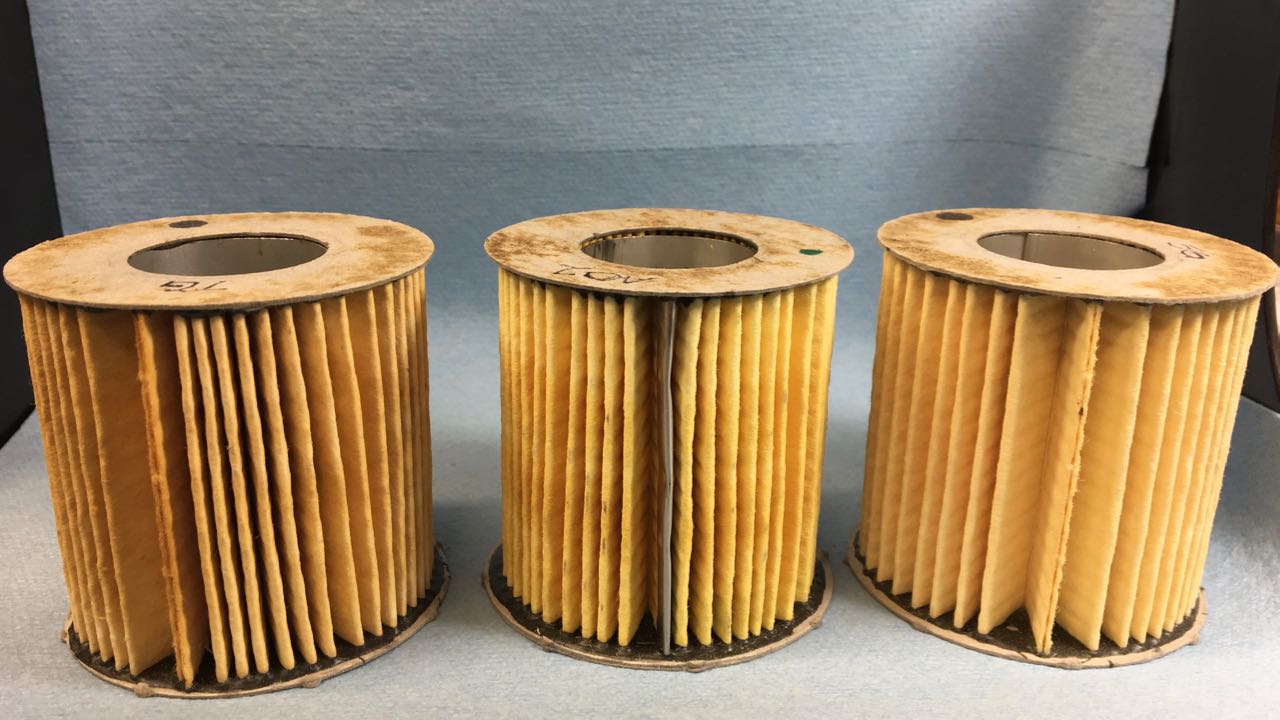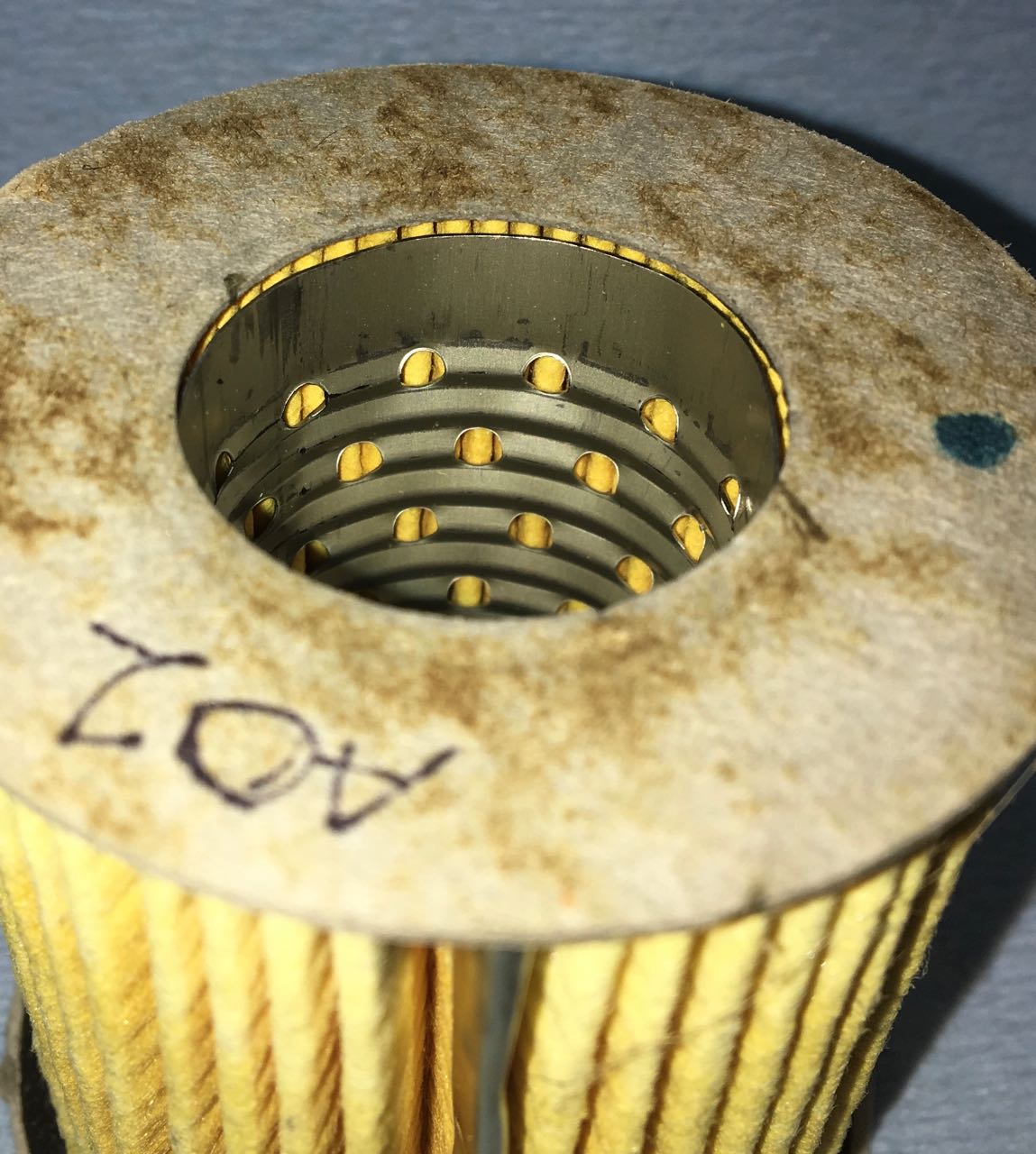Originally Posted By: CR94
Originally Posted By: ZeeOSix
... Lots of filters these days don't use metal end caps ... some don't even have end caps, but instead glue every single pleat end together to seal them.
True, and those are very unlikely to rip at the end of a pleat the way filters with end steel or plastic caps can, because there's less stress on the media. Good design!
Good design ... if they do a 100% good job at gluing the pleats on both ends.
Originally Posted By: ZeeOSix
... Lots of filters these days don't use metal end caps ... some don't even have end caps, but instead glue every single pleat end together to seal them.
True, and those are very unlikely to rip at the end of a pleat the way filters with end steel or plastic caps can, because there's less stress on the media. Good design!
Good design ... if they do a 100% good job at gluing the pleats on both ends.





